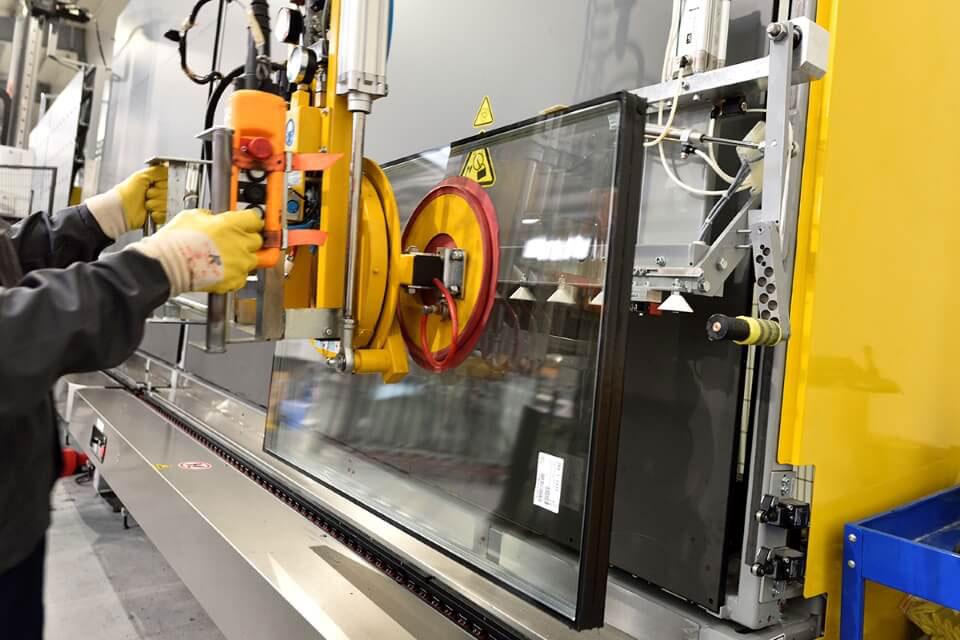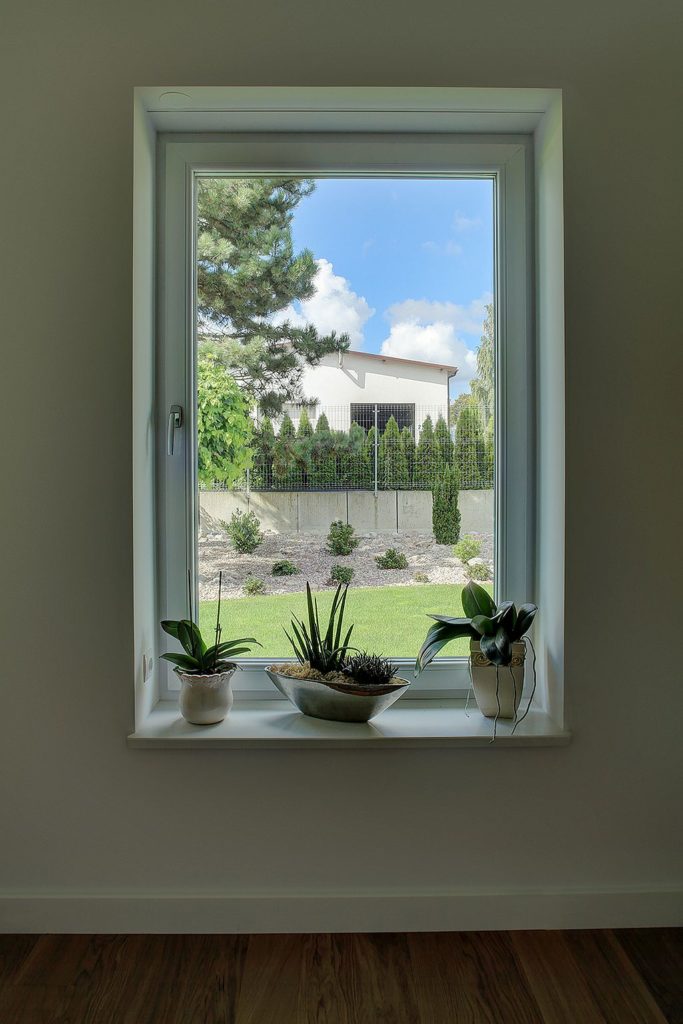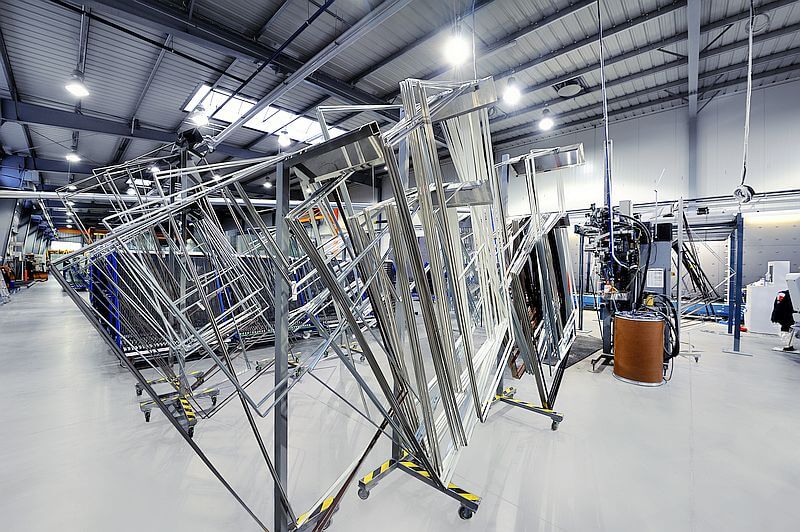A window is an element that closes an opening in a wall or roof. Its tasks include letting sunlight into the room and isolating the interior from outside conditions, especially protection against the cold. In order to determine the thermal insulation properties of the window, a special index is used – the heat transfer coefficient.
What is the window heat transfer coefficient?
The window heat transfer coefficient, marked as Uw, is a parameter informing about how much energy is lost through 1 m2 of a partition, if the temperature on one side of the partition is lower by 1 K compared to the temperature on the other side of the partition. In other words – this coefficient determines the amount of heat lost when the difference between the air temperature outside and in the room is 1 K. The lower the coefficient value, the better – it means that the use of a window is associated with low heat losses. This index is expressed in W/m2K.

Window heat transfer coefficient – how to calculate it?
A window is a structure that consists of several different types of materials. For this reason, the total heat transfer coefficient is calculated as the resultant of the heat transfer coefficients of all elements making up the window. According to the PN-EN ISO 10077-1: 2017-10, in order to calculate the resultant heat transfer coefficient of a window, the following relationship is used:

where:
Ug[W/m2K] – heat transfer coefficient of the glass (or other filling). Its value depends on the construction of the glazed unit and the low-emissivity technologies used,
Ag [m2] – the area of the visible part of the glass, measured between glazing gaskets,
Uf [W/m2K] – the heat transfer coefficient of the frame, that is, the opaque part of the window. Its value depends primarily on the frame structure (its width, number of chambers) as well as the use of steel reinforcement in the frame,
Af [m2] – frame area,
Ψ [W/mK] – linear heat transfer coefficient at the contact of the glass with the frame. It mainly depends on the materials of which the spacer bars between the panes are made (in this matter, aluminium spacer bars are the worst, and the best ones are fully made of plastic, e.g. THERMOBAR®),
L [m] – length of the glass pane contact with the frame.
Reference window – dimensions
Based on the above equation, it can be seen that the Uw value depends not only on the quality of the components that make up the window, but also on its dimensions. Due to the need to compare the thermal insulation properties of windows, the concept of a reference window was created. It is a single-sash window with a width of 1230 mm and a height of 1480 mm. If the windows compared with each other have exactly the same dimensions, their heat transfer coefficients result only from different properties of the materials used in the production.

Window heat transfer coefficient and spacer bar
The resultant Uw coefficient depends not only on the characteristics of the frame and glass used. It is also affected by the used spacer bar. Suppose a window consists of:
- MSline+MD frame with Uf = 0.98 W/m2K,
- SUPERtermo glazed unit with Ug= 0.5 W/m2K.
Assuming these values, it is possible to calculate the heat transfer coefficients of reference windows with example spacer bars:
1. Steel spacer bar – warm MS spacer bar (Ψ=0.055 W/mK) » Uw = 0.79 W/m2K
2. CHROMATECH Ultra spacer bar (Ψ=0.028 W/mK) » Uw = 0.72 W/m2K
3. THERMOBAR spacer bar (Ψ=0.022 W/mK) » Uw=0.71 W/m2K

Heat transfer coefficient – standard 2021
The minimum standards for the thermal insulation of joinery are specified in the regulation. From 2021 in Poland, the U coefficient of the window may not exceed 0.9 W/m2K. This value also applies to balcony doors. The new standard of the heat transfer coefficient is aimed at creating objects with better thermal insulation, which have a lower energy demand. The requirements for newly constructed buildings are defined as WT 2021.
U index for the doors
The permissible heat transfer coefficient for external doors has also changed. From the beginning of 2021 this parameter may not exceed 1.3 W/m2K in Poland. It is worth remembering that the thermal insulation of the door is influenced not only by the frame material and the filling properties, but also by the threshold used. In the case of PVC entrance doors from the MS beyond WINDOWS offer, it is a warm aluminium threshold with a thermal break.

